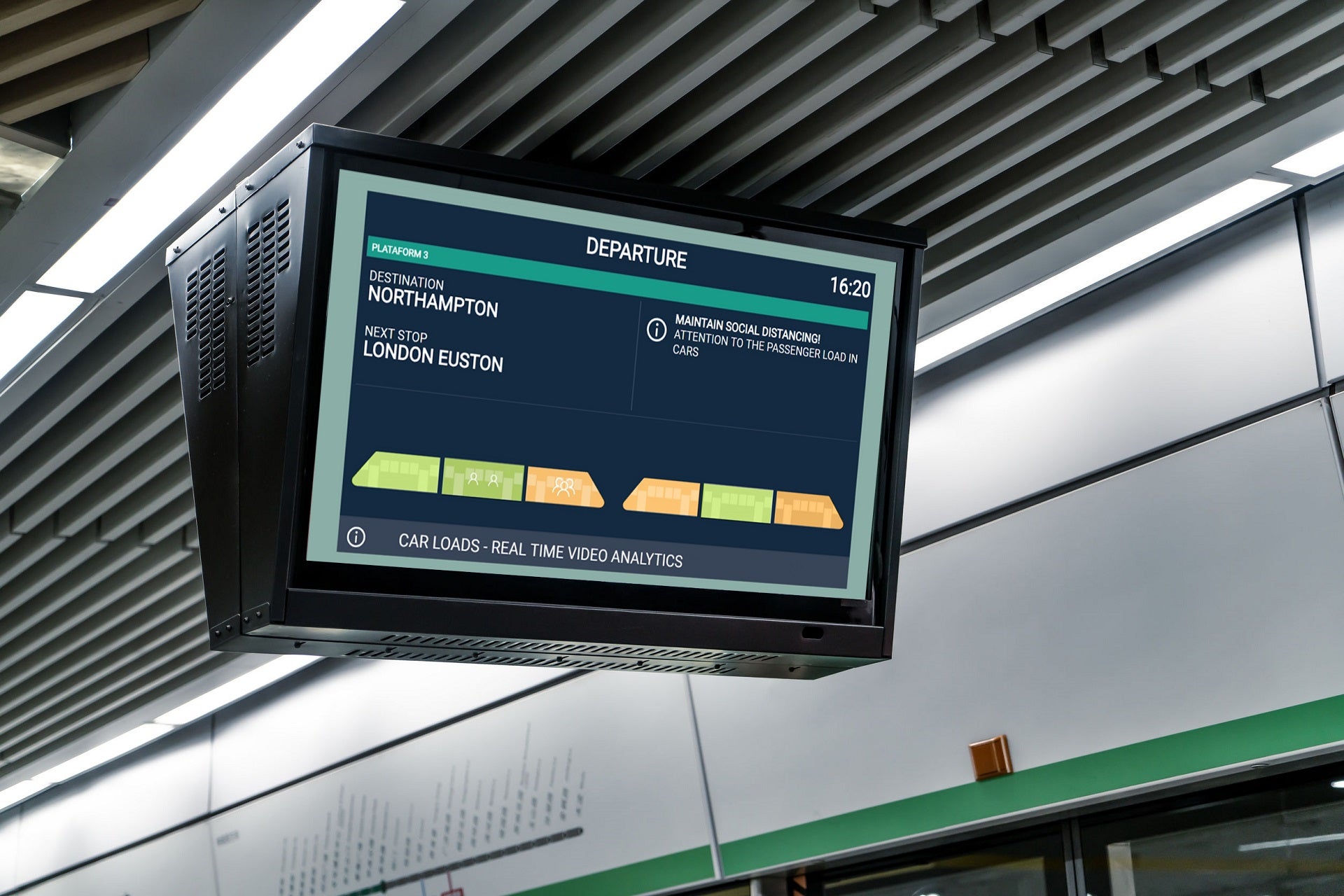
France-based aerospace company Thales has introduced its new Distributed Intelligent Video Analytics (DIVA) solution for facilitating crowd management at railway stations and on-board trains.
Besides minimising dwell times, the solution will monitor social distancing and help prevent crowding.

Discover B2B Marketing That Performs
Combine business intelligence and editorial excellence to reach engaged professionals across 36 leading media platforms.
Thales’ solution requires no additional sensors as it utilises the existing CCTV network on stations and on-board trains for measuring passenger density via video analytics in real-time.
DIVA uses three-colour codes, namely red; yellow; and green, to indicate crowd density and guide passengers to avoid crowded places via platform displays.
Furthermore, video analytics can be utilised for detecting unattended luggage, onboard passengers at the end of the line and trespassing on platforms.
The Operations Control Centre (OCC) can also use heat maps of stations and trains for overseeing passenger movements across the complete system.

US Tariffs are shifting - will you react or anticipate?
Don’t let policy changes catch you off guard. Stay proactive with real-time data and expert analysis.
By GlobalDataThales integrated communication and supervision systems vice president and managing director Benoît Couture said: “Rail operators are facing new challenges about passengers’ safety. Passengers need to be able to move freely on stations and platforms, to embark and disembark from trains safely and quickly.
“These are fundamental requirements for the smooth running of a railway network. Crowding makes all of this more difficult. I’m very pleased to present our new video analytics solution for passenger density monitoring and guidance. This solution provides operators with tools to manage crowding on stations and trains and allows them to tackle the root causes of congestion.”
As a pilot, the new solution has been deployed in Singapore with SBS Transit last year.





